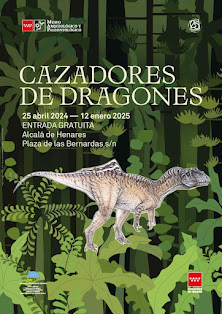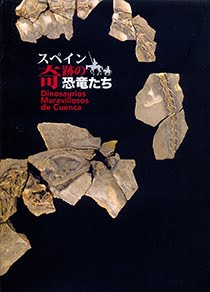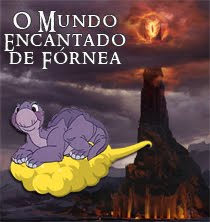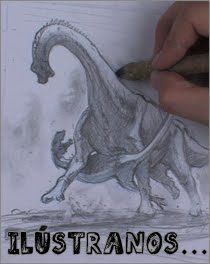La línea oológica de investigación del GBE continúa trabajando en entender la variabilidad de los ootaxones presentes en la Formación Villalba de la Sierra (Guadalajara y Cuenca, Castilla-la Mancha, España). Esta vez, los análisis se han centrado en explorar la variabilidad de Fusioolithus baghensis, un ootaxón cosmopolita asociado a saurópodos titanosaurios y encontrado en numerosos yacimientos de India, Sudamérica y Europa a finales del Cretácico Superior, durante el Campaniense (84-72 m.a.) y el Maastrichtiense (72-66 m.a.). Un estudio de las dimensiones de las unidades que componen la cáscara de estos huevos (esferolitos) revela que la morfología de Fusioolithus baghensis presenta una variabilidad significativamente grande, y los ejemplares encontrados en los yacimientos de Poyos (Guadalajara) y Zafra de Záncara (Cuenca) de la Formación Villalba de la Sierra la amplian aún más. Esta gran variabilidad, que supera ampliamente la esperable de los huevos producidos por un único taxón actual, podría estar relacionada con diversos factores, por lo que plantea la necesidad de un estudio en profundidad del ootaxón. Estos primeros resultados han sido presentados en formato póster en el reciente 67th Annual Meeting of the Palaeontological Association, en Cambridge. A continuación podréis encontrar el resumen de la comunicación:
A considerable portion of the fusioolithid oological remains from the Poyos site (Villalba de la Sierra Fm., central Spain) show the diagnostic features of Fusioolithus baghensis. However, the thickness of most Poyos eggshells is at the lower end or even below the diagnosed thickness range of F. baghensis, with a portion of them showing an increased presence of anastomosed structures and larger internodal spaces than most specimens from other sites. Though eggshell thickness is a highly variable feature and many known eggshells of the Villalba de la Sierra Fm. (both Megaloolithidae and Fusioolithidae) share this low thickness (compared to specimens from coeval formations), comparing its spherolith dimensions with published F. baghensis thin sections reveals significant statistical differences between the latter and both subsets from Poyos. Therefore, if all these Poyos eggshells belong to F. baghensis, this ootaxon exhibits higher variability than previously recognized. The significance of these differences in a widespread genus such as F. baghensis (including the specimens from Poyos) could possibly be related to biotic conditions (i.e. having different productors), abiotic conditions, (i.e. denoting different environmental conditions) and/or methodological biases (i.e. ambiguous diagnosis producing a wastebasket ootaxon effect); and should therefore be carefully assessed in the future.
-----
Más información:





























No hay comentarios:
Publicar un comentario